Photographer William Robertson created, in 1955, what has been called the first groundbreaking album sleeve, for Elvis' eponymous debut. The Clash deliberately echoed it for their 1979 release London Calling:
Swinging into the '60s (pun intended), the Beatles perfected the album sleeve and solidified its cultural appeal with their globally recognised creations for Sgt. Pepper's Lonely Hearts Club Band (the crowd on which remains run through with a fine tooth comb) and Abbey Road, while the designs for Bob Dylan's Blonde on Blonde and the Beach Boys' Pet Sounds also became famous.
The '70s then saw the height of the singer-songwriter movement (Elton John, Cat Stevens (who actually did his own art), Bruce Springsteen, Joni Mitchell, Carole King, Randy Newman et al) and these performers arguably inspired their decade's most effective sleeve designs. It also brought Fleetwood Mac's Rumours and Pink Floyd's The Dark Side of the Moon which, while I hate that album, I can't deny the brilliance of its artwork.
And then there's for me the cover art to end them all: Tony Warren and Jim/Jan's superbly vivid and fitting orange, black and white swirl for Stevie Wonder's 1976 masterpiece Songs in the Key of Life. I could get happily lost in this design (and the album); it's such a shame Stevie's never been able to see it.
Entering the 1980s, cover art designs became more photography-based but this in no way impeded their effect. Indeed, many of the decade's blockbusters employed nothing else, from Michael Jackson playing with a tiger cub on the reverse of the Thriller gatefold to Madonna sitting up in bed on her Like a Virgin disc to Bruce Springsteen doing what controversially appeared to be pissing on the American flag for Annie Leibowitz's shot for the Born in the U.S.A. cover.
The '90s arrived musically with the image of a baby in a swimming pool reaching for a dollar bill. That LP was, of course, Nirvana's Nevermind, and though several other gems sprang from the last decade of the 20th century, like the Red Hot Chili Peppers' Blood Sugar Sex Magik and Green Day's Dookie, none of those had as much staying power.
Now, into the 21st century as music production and sales have become more digital, we've seen many fewer sleeves become famous in their own right, but cover art is still produced and often a key factor in how LPs are marketed. (Maybe some of this century's sleeves just need more time anyway.) And I must admit, most of the albums I've discussed here are by artists whose music I love but objectively, I can still appreciate album sleeves on some level even if I dislike the songs. Good designs set and suit the tone for what you're about to hear. Brilliant ones assume a life and legacy of their own. And collectively, they've formed a strong art form of their own and united two others even more.
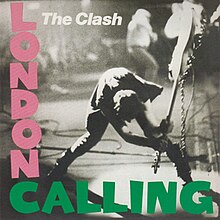

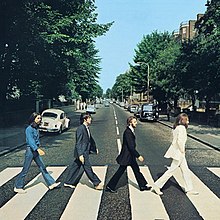






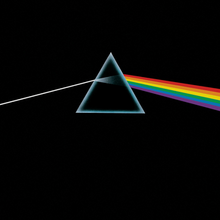




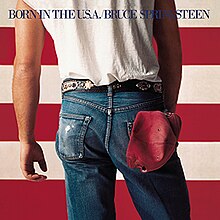
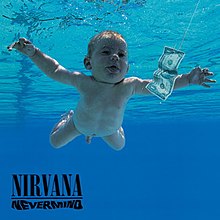


No comments:
Post a Comment